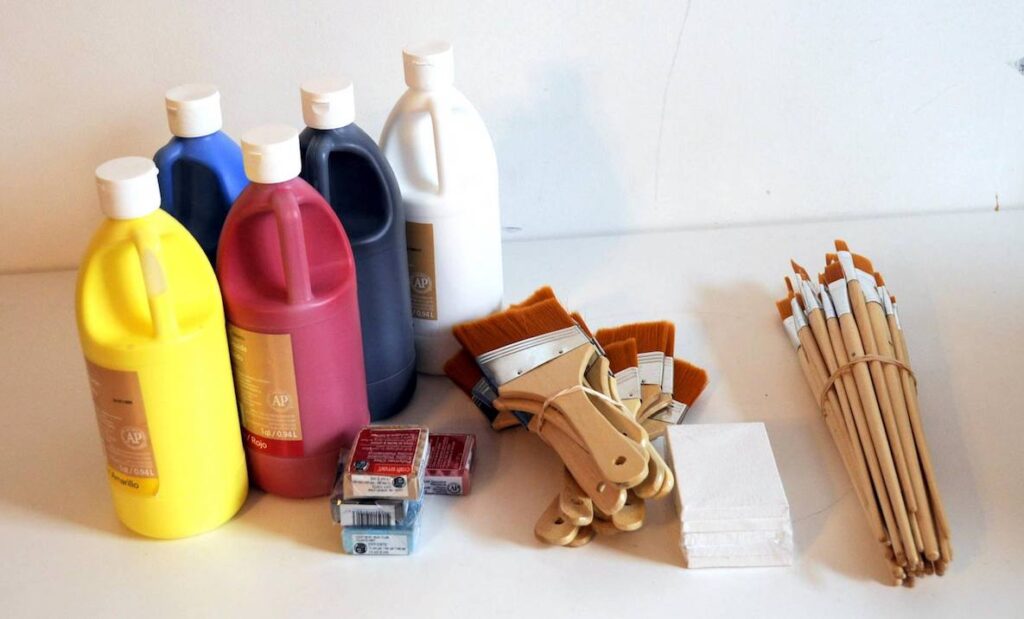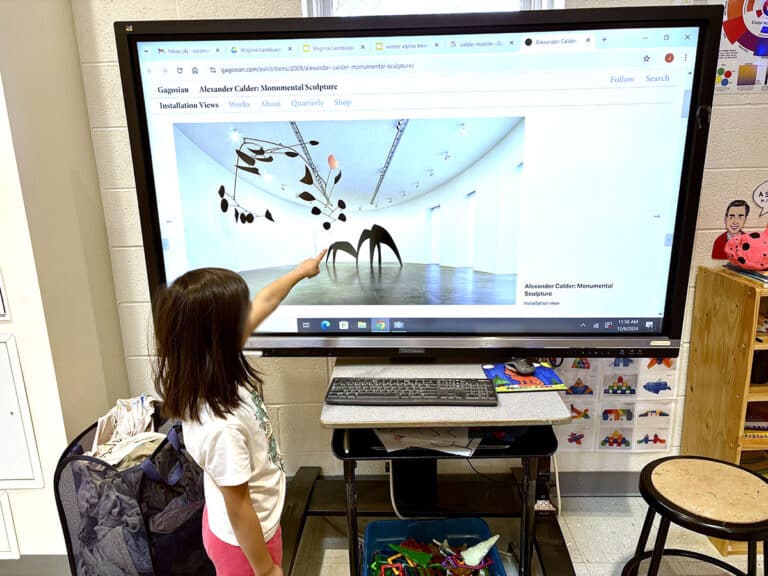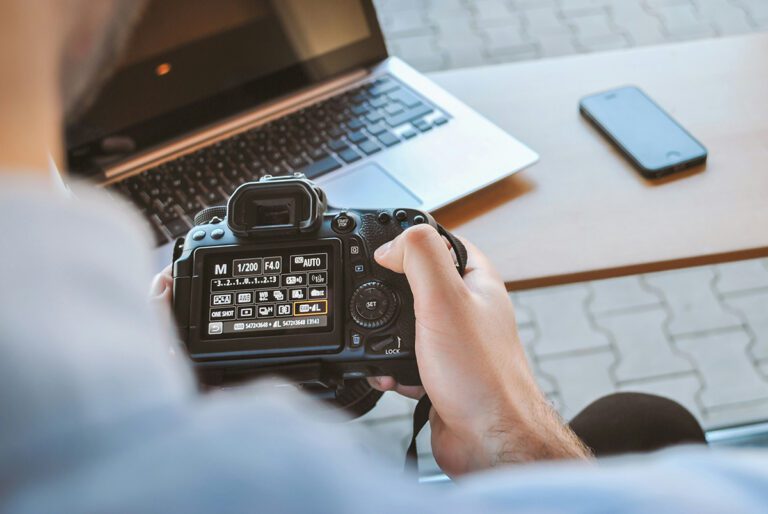I was looking for some new clothes and decided to go to Burlington Coat Factory. I walked through the door and was immediately overwhelmed. There were so many choices. Even though they were broken into categories, it was still too much.
Having too many choices can also be overwhelming for our students, especially those who don’t feel comfortable or confident about art.
We may think the more choices we give our students, the better. But did you know research shows when choices are limited, more creative ideas emerge?
Take, for example, the famous children’s book, Green Eggs and Ham by Dr. Seuss. It may have never been written if it weren’t for a bet and constraints. He made a bet with friends that he could write a children’s book using only fifty words. Green Eggs and Ham is the result!
Are you giving your students too many choices?

In short, too many choices can be paralyzing, while limiting choices can push work to its creative edge. If you’re allowing students choice, you also need to help them understand how to choose and work within constraints. Start by having them choose two to three constraints. Once they’re comfortable working within parameters, have them experiment by adding more.
The kind of constraints you can challenge yourself and your students with are endless, but here’s a list to get you started.
- Time
- Size
- Materials
- Technique
- Budget
Having a set of Constraint Cards can be helpful for students who have a difficult time coming up with their own. Simply have students pull two to three and apply them to their work. To make things easy, we’ve created a set of cards for you and left some blank so you can customize a few of your own. Download your copy below.
Examples of Working Within Constraints
Let’s take a look at how students might work within certain constraints.
Time
If time is a constraint, students should have a clear deadline and make sure it is difficult to achieve. It’s not much of a constraint if students have a month to finish a painting.
Perry Klebahn and Jeremy Utley, instructors at Stanford’s D-School, use time as a constraint. They think about how long a project should take, and then cut the time in half. Have your students apply the same concept. If they usually have four hours for a project, have them complete it in two hours.
Size
When it comes to size as a constraint, you might give students a specific size. For example, saying they need to create a clay bowl that is five inches tall and sixteen inches in diameter. Or, you might have your students reflect on their natural way of working. If they often work small, push them to something larger. In contrast, if they usually work large, they could switch to something minuscule.
Paradoxically, when people are given free reign to solve a problem, they tend to be wholly uncreative, focusing on what’s worked best in the past. Such freedom can hinder solving the creativity problem, whereas the strategic use of constraints can promote solving the creativity problem. By using constraints, reliable responses are precluded and novel surprising ones are encouraged.- Patricia D Strokes, author of Creativity from Constraints: The Psychology of Breakthrough

Media
All students naturally have materials they prefer. You can put constraints on media in a few different ways.
For example, if a student’s go-to medium is clay, add the constraint of working with a specific amount of clay. Or have them create their idea in any material other than clay. You may also have students incorporate a specific material into every piece in a body of work.
Another idea for students to explore is technique. Have them limit themselves to create a drawing only using cross-hatching. Or, create a mug, but stay away from traditional techniques like wheel throwing, slab, or coil construction.
Budget
Even though your students often aren’t paying for their supplies, it doesn’t mean you can’t give them a budget. Put price tags on materials throughout your room, and have students buy supplies. Make sure the budget is strict, pushing students to think about what they need and how they use it.
Getting Students Comfortable with Constraints

To get students comfortable working within tight constraints, have them explore how artists and writers use them.
For example, writer and artist Austin Kleon uses strict constraints in his blackout poems. He must find a way to write a poem with the words already present on the page. He must also eliminate enough words, so the work becomes his, and not that of the original author.
Or, explore Renaissance artists who often worked on commission, following guidelines put in place by their patrons. When Michelangelo was hired to complete the David, he was given two years. He was also told how it should look, and that it needed to come out of a large chunk of marble. From there, he was allowed to make his own creative decisions.
Finally, check out metalsmith and jewelry designer, Megan Auman. She works with steel and repeats a teardrop shape. Even when she introduced stones into her work, the stones reflected her signature shape. Her work must be bold, but lightweight and wearable.
Choice isn’t bad, but if we want our students to become creative thinkers, choice needs to be paired with constraints.
What is one new constraint you could bring into your art room?
When making your own art or writing lesson plans, what kind of constraints do you have in place?
Magazine articles and podcasts are opinions of professional education contributors and do not necessarily represent the position of the Art of Education University (AOEU) or its academic offerings. Contributors use terms in the way they are most often talked about in the scope of their educational experiences.






